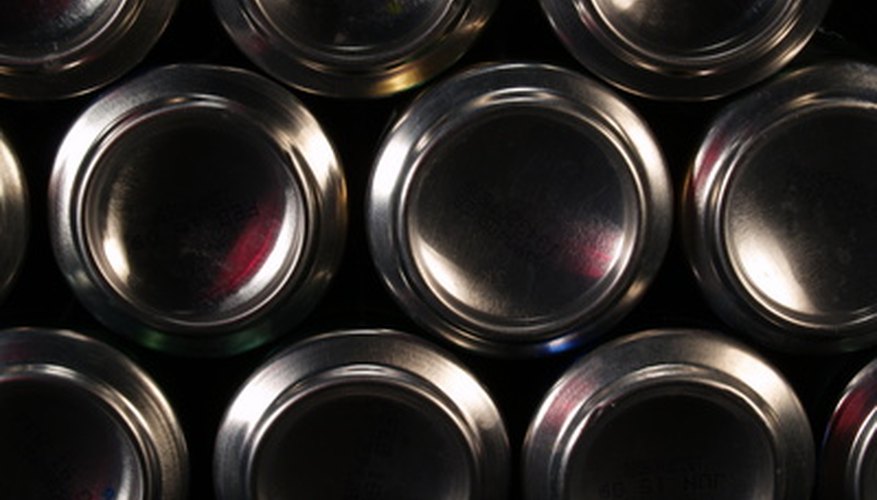Aluminium, used primarily in cans but also in other applications, is one of the most commonly recycled materials. Recycling aluminium prevents the need to mine and refine new metal and also saves a great deal of energy. However, there are also drawbacks to recycling aluminium that should be considered before new recycling initiatives are implemented.
Energy
While recycling aluminium uses far less energy than creating new aluminium from scratch, the process is still very energy intensive. In large part this comes from the fact that aluminium has a very high melting point of 660 degrees Celsius. The amount of energy needed to melt aluminium is considerable and puts a strain on the natural resources that produce energy used to recycle this metal.
Transportation
Recycling aluminium also requires a network of transportation solutions, including recycling trucks to haul large amounts of aluminium to recycling centres along with residential recycling pickup fleets. For individuals who turn in aluminium scrap, there is the trip to the recycling centre, often in a fuel-inefficient and carbon-emitting truck. Once the aluminium is recycled, the recycler must once again ship it to manufacturers who use.
- Aluminium, used primarily in cans but also in other applications, is one of the most commonly recycled materials.
- Recycling aluminium also requires a network of transportation solutions, including recycling trucks to haul large amounts of aluminium to recycling centres along with residential recycling pickup fleets.
Sorting
Before a recycler can melt down aluminium, it must first be separated from other metals like tin and steel. This is a time and labour intensive process, adding to the overall cost of recycling aluminium.
Quality
Recycled aluminium has a lower quality than newly produced aluminium. This makes recycled aluminium only appropriate for certain applications, whereas manufacturers who need high quality, attractive looking aluminium cannot use material that has been recycled many times.
Value
While aluminium is usually an attractive and valuable material to recycle, its specific price fluctuates with variations in supply and demand. This means that recycling plants and salvage dealers who count on the profit margins generated by the sale of scrap aluminium can run into financial trouble if the price of aluminium suddenly drops. At the same time, manufacturers who rely on recycled aluminium can see profits fall when the price of recycled aluminium spikes.
- Before a recycler can melt down aluminium, it must first be separated from other metals like tin and steel.
- While aluminium is usually an attractive and valuable material to recycle, its specific price fluctuates with variations in supply and demand.
